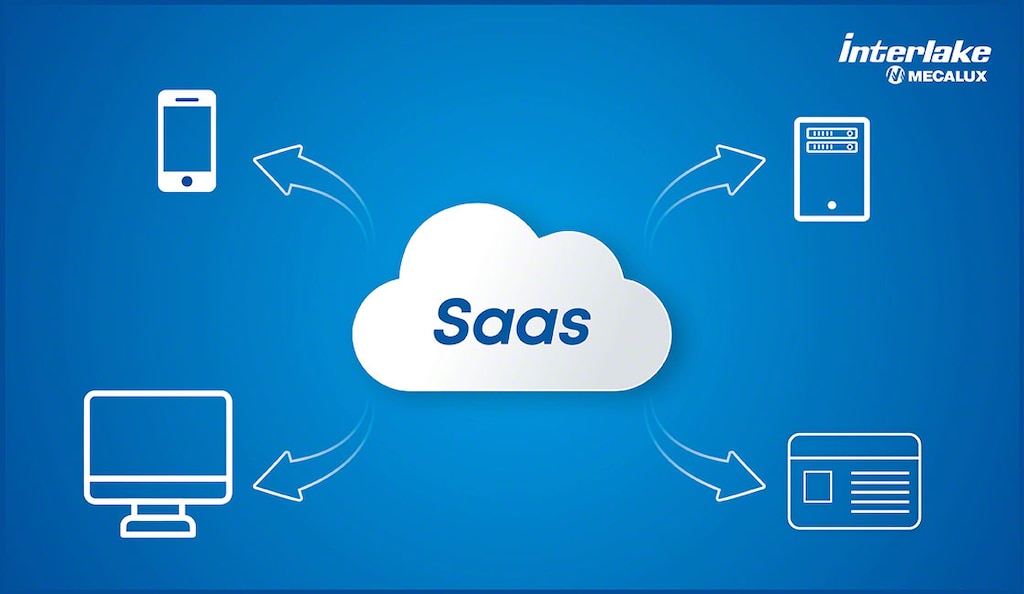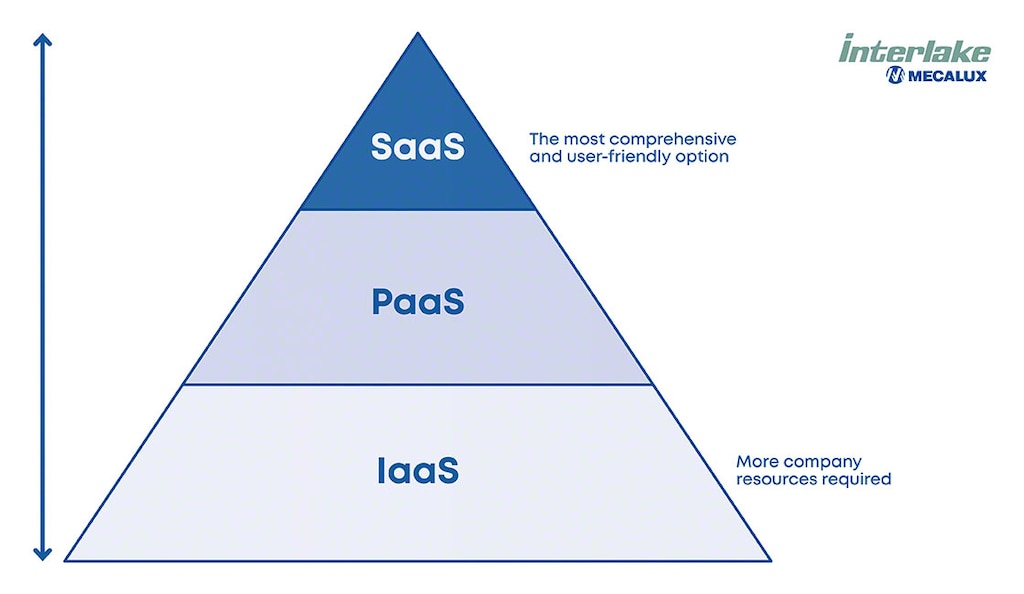
SaaS: What is it and how does it work in logistics?
With SaaS solutions, companies don’t have to worry about maintaining the infrastructure of certain applications. They can simply focus on using them, giving them more time to concentrate on their core activities. SaaS systems have been around for two decades, but their adoption is gaining ground. Thanks to the SaaS model, connecting to cloud applications is becoming increasingly common across all business sectors.
What is a SaaS system?
Software as a service (SaaS) is a cloud computing software model that enables end users to access applications from a browser. In this framework, some companies host apps so that their customers can use them on demand. A common feature of SaaS platforms is that they’re typically licensed via a subscription or pay-per-use basis.
Employing SaaS enables organizations to begin operating almost immediately and run applications at a limited initial cost. According to consulting firm McKinsey & Company, the global SaaS market could be valued at $10 billion by 2030. One popular example of SaaS is web-based email services such as Outlook and Gmail. In these configurations, emails are hosted on the provider’s network, and users access their messages from a browser. Likewise, organizations rely on SaaS CRM programs to handle their customer relationships and ERP systems to manage their business activities.
What benefits does SaaS offer?
SaaS lets businesses access IT solutions that could be too costly to maintain, optimize, and scale or that might entail high energy consumption in a local environment. SaaS integration also has other advantages:
- Accessibility. These programs can be accessed from a device connected to the internet.
- Quick deployment. By not requiring local facilities or configurations, SaaS is deployed as soon as the subscription begins. This is one of the greatest benefits of SaaS vs. on-premise.
- Scalability. The SaaS model makes it easy to add new capabilities and users.
- Integration and personalization. Businesses can coordinate SaaS applications with other platforms and systems through the use of application programming interface (API) protocols.
- Lower initial investment. SaaS doesn’t involve expenses relating to licenses, infrastructure management, or additional IT resources.
- Visibility. Connecting the processes of all company departments provides a comprehensive view of the business.
- Automatic updates. Providers of software such as warehouse management systems (WMSs) update these programs regularly. Thanks to the SaaS industry, updates are deployed autonomously, without any need for assistance.

How does SaaS work?
SaaS uses a cloud delivery model. With this setup, providers host the apps on their own servers and databases, managing the platforms, operating systems, and middleware (the software that allows the different applications to communicate with each other). Generally, the client can have multiple users access the apps by logging into their accounts through a browser. Similarly, organizations can integrate SaaS apps into their existing software systems through APIs.
Service-level agreements (SLAs) establish the contract between SaaS solutions providers and their clients. This written agreement sets the terms of the partnership and requirements such as response times, availability, relevant documentation, and the personnel assigned to maintenance.
Types of cloud software
SaaS is the cloud model requiring the smallest share of client resources. Nevertheless, there are other types of deployments:
- IaaS (infrastructure as a service) delivers network services, physical or virtual equipment, and data storage.
- PaaS (platform as a service) provides hardware and software to build and maintain applications. It is used to compile, test, run, and scale them.
- SaaS (software as a service) is the most complete and user-friendly option of the three.
These three models aren’t mutually exclusive. Many companies employ more than one, and as a rule, large enterprises combine the three.
Another SaaS model that’s taking off is micro SaaS. This refers to a small-scale business that addresses a niche problem.

Popular examples of SaaS solutions
A wide range of services are available through SaaS platforms:
- Warehouse management systems (WMSs)
- Customer relationship management (CRM) programs
- Enterprise resource planning (ERP) software
- Accounting and billing programs
- Human resources software
- Project management solutions
- Ecommerce software
- Content management systems
- Messaging and communication apps
History and origin of the SaaS concept
The idea of centralizing and hosting applications came about in the 1960s. But it came to fruition in the late 1990s with the rise of the internet and the emergence of third-party tools that didn’t require installation on users’ computers.
For the SaaS model to become what it is today — with its power enhanced through artificial intelligence, machine learning, the Internet of Things, and virtual reality — several advances had to occur. Among them are the increase in high-speed internet connections and broadband connectivity, the standardization of digital technologies and protocols, the normalization of web-based interfaces, and the adoption of more and more mobile devices.
SaaS represents a further developed form of the application service provider (ASP) model, and since 2000, it has continued to evolve. SaaS provides companies with cost savings, more flexibility, and increased efficiency.
The SaaS model applied to logistics
One of the most common SaaS applications in logistics is WMS software programs. These tools oversee both manual and automated warehouse operations and centralize information, empowering logistics managers with greater resources.
The Mecalux Group developed Easy WMS to help you manage your operations more efficiently, with total visibility. You can deploy the program on-premise or as a SaaS solution. With the first option, both the software and hardware are hosted on your premises. In the second scenario, the WMS is deployed in the cloud and accessed through a web interface. If you’re looking to gain full control over your facilities and inventory, be sure to get in touch with us.
